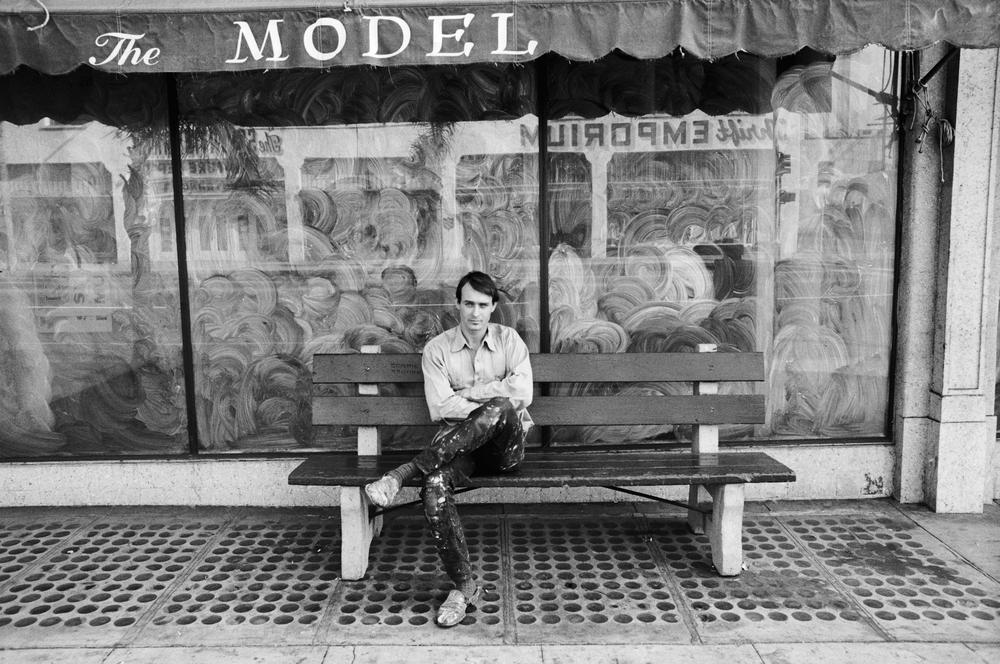Llyn Foulkes. LA Misfit
Llyn Foulkes moved to Los Angeles at twenty-three. He enrolled at Chouinard Art Institute (now California Institute of the Arts) but left after two years, feeling like he had learned everything he could from an institution. The pioneering Ferus Gallery, a magnet for rising art stars in Los Angeles in the 1960s, gave him a solo exhibition in 1961, but he was soon dropped from their roster.1 Foulkes didn’t fit easily into the conventions of the art establishment: he was reclusive, he labored over paintings for years, and the style of his work, which changed often, was never in concert with the demands of the market and did not fit within easily definable categories. But what remained stable throughout his career was his outrage over politics, art history, and American popular culture, and his romantic belief that art could change society.2
Llyn Foulkes, oral history interview with Paul Karlstrom for the Archives of American Art, Smithsonian Institution, recorded June 25, 1997–December 2, 1998, audio transcript, available at aaa.si.edu/collections/interviews/oral-history-interview-llyn-foulkes-12132#transcript. ↩︎
Marilu Knode, “Llyn Foulkes and the American Dream,” Llyn Foulkes: Between a Rock and Hard Place (Los Angeles: Fellows of Contemporary Art, 1995), 11. ↩︎
